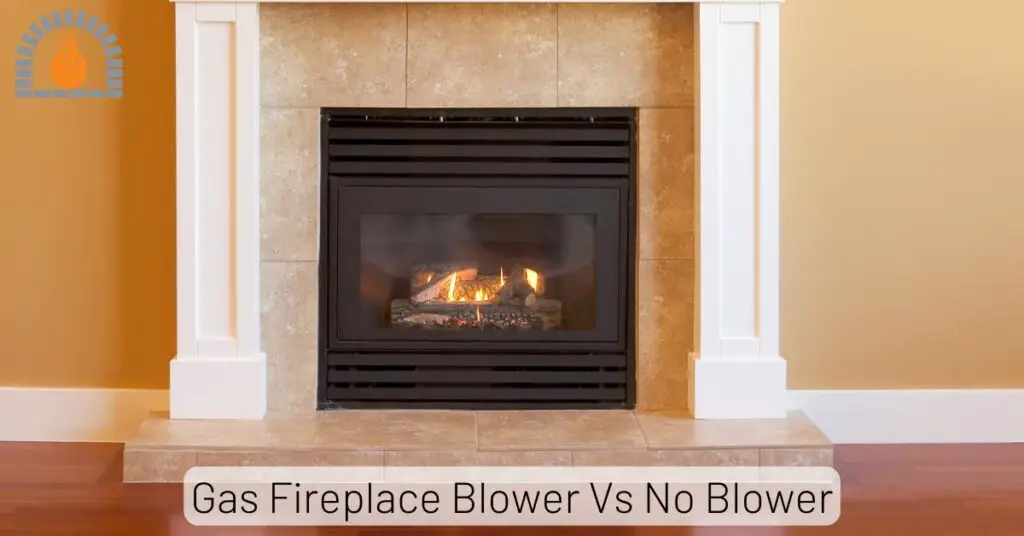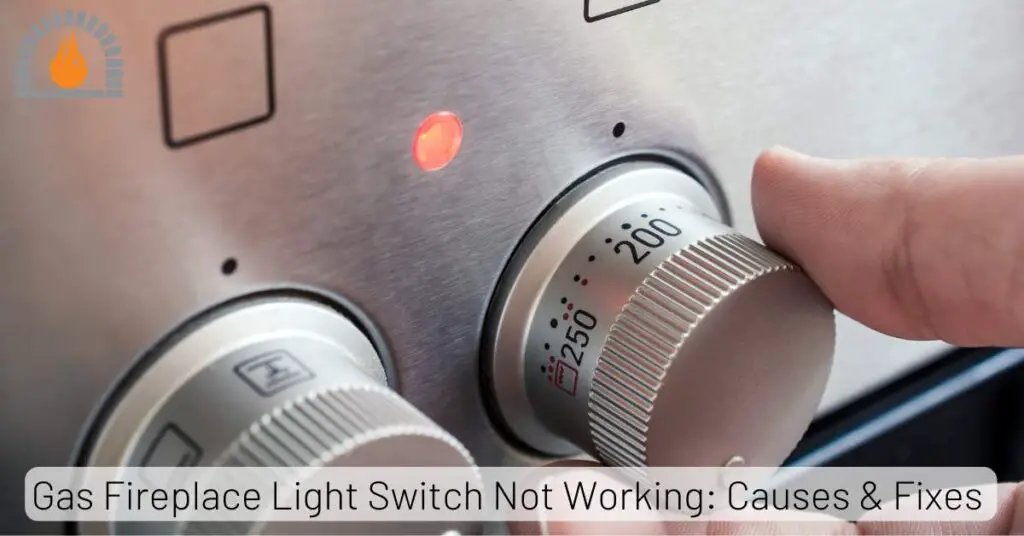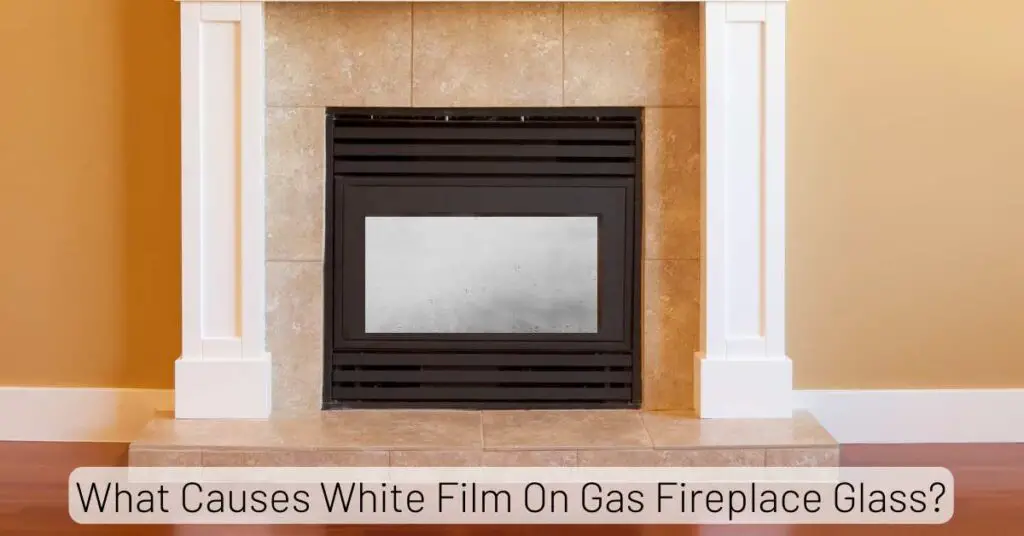In the quest for warmth and convenience, many households turn to gas appliances like fireplaces and stoves. While gas has long been touted as a cleaner alternative to traditional wood-burning options, concerns about its environmental impact and health effects persist.
Among the debates surrounding gas appliances, a question arises: Are gas fireplaces as bad as gas stoves?
Delving into this inquiry requires a closer examination of the similarities, differences, and potential consequences of these standard household fixtures.
Understanding Gas Fireplaces and Gas Stoves
Gas fireplaces and gas stoves are fueled by natural gas or propane, offering efficient home heat sources. Gas fireplaces typically serve as decorative additions, creating ambiance with their flickering flames, while gas stoves are functional appliances used for cooking and heating.
Despite their differences in purpose, both devices share similarities in their combustion processes and emissions, contributing to the ongoing debate regarding their safety.
Are Gas Fireplaces as Bad as Gas Stoves?
Modern gas fireplaces and stoves can be designed to be highly efficient, meaning they burn fuel more completely and produce fewer emissions compared to older, less efficient models. Higher efficiency can reduce both environmental impact and indoor air pollution.
Gas fireplaces and gas stoves have environmental and health impacts, primarily due to natural gas or propane combustion. While vented gas fireplaces emit pollutants outdoors, gas stoves release pollutants indoors, potentially affecting indoor air quality and health.
Therefore, both are associated with negative consequences, and it’s essential to consider proper ventilation, efficiency, and maintenance to minimize their impact.
Gas Fireplaces VS Gas Stoves
| Aspect | Gas Fireplaces | Gas Stoves |
|---|---|---|
| Installation | Typically installed against a wall or in a corner, requires ventilation through a chimney or direct vent system | Installed freestanding or within a fireplace enclosure, requires ventilation through a chimney or direct vent system |
| Heating Capacity | Typically heats a single room or zone in a home, may have built-in blowers for increased heat distribution | Can heat larger areas or entire homes, depending on size and output |
| Aesthetics | Offers ambiance with realistic flame effects and various decorative options such as logs, stones, or crystals | Provides a focal point in the room with realistic flame effects, some models may offer viewing windows |
| Space Requirement | Takes up wall space or a corner, may require clearance from combustible materials | Requires floor space, often placed against a wall or in a corner, needs clearance from combustible materials |
| Versatility | Limited in terms of placement and design options, primarily for ambiance and supplemental heating | Offers flexibility in placement and design, can be integrated into existing fireplace openings or installed as standalone units |
| Fuel Efficiency | Generally efficient, with options for thermostatic controls and programmable settings | Efficient heating source, often with adjustable heat output and thermostat controls |
| Cost | Costs vary based on size, design, and installation requirements, may range from moderate to high | Costs vary depending on size, features, and installation needs, generally range from moderate to high |
| Maintenance | Requires regular cleaning and inspection of venting system, as well as occasional servicing of components | Routine cleaning of burner, vents, and glass, periodic maintenance of valves and ignition systems |
| Safety | Requires proper ventilation to prevent carbon monoxide buildup, safety features include oxygen depletion sensors and automatic shutoff | Requires proper ventilation to prevent carbon monoxide buildup, safety features include oxygen depletion sensors and automatic shutoff |
| Environmental Impact | Natural gas models produce fewer emissions than wood-burning alternatives, but still contribute to greenhouse gases | Natural gas models produce fewer emissions than wood-burning alternatives, but still contribute to greenhouse gases |
Related Post: What Should a Gas Fireplace Flame Look Like?
The Mechanics of Gas Combustion
Gas combustion involves burning natural gas or propane to produce heat energy. This process relies on a burner and a controlled supply of fuel and oxygen in both gas fireplaces and gas stoves.
When ignited, the gas combusts, releasing heat, water vapor, carbon dioxide, and trace amounts of other byproducts into the surrounding environment. While this process is essential for generating heat, it raises concerns about indoor air quality and potential health hazards.
Comparing Environmental Impact
Understanding the environmental impact of gas fireplaces and gas stoves is crucial for assessing their safety and sustainability.
While both appliances burn fossil fuels, their emissions and energy efficiency vary, influencing their environmental footprint.
Emissions from Gas Appliances
Gas appliances emit pollutants during combustion, including carbon monoxide (CO), nitrogen oxides (NOx), and particulate matter (PM).
These pollutants can contribute to indoor air pollution and affect respiratory health and environmental quality.
However, technological advancements have led to cleaner-burning appliances with reduced emissions, mitigating some of these concerns.
Energy Efficiency Considerations
When evaluating the environmental impact, energy efficiency plays a significant role. Gas stoves are primarily used for cooking, offering direct heat for food preparation.
In contrast, gas fireplaces primarily serve decorative purposes, providing supplemental heat rather than serving as the primary heating source.
As a result, gas stoves may consume more energy during use, contributing to higher greenhouse gas emissions than gas fireplaces.
Safety Concerns and Risk Factors
Safety is paramount when considering the use of gas appliances in residential settings. While gas fireplaces and stoves are designed with safety features and undergo rigorous testing, certain risk factors warrant attention to ensure safe operation and minimize potential hazards.
Carbon Monoxide Poisoning Risks
One of the primary concerns associated with gas appliances is the risk of carbon monoxide (CO) poisoning. CO is a colorless, odorless gas produced during incomplete combustion, posing a significant health hazard if inhaled in high concentrations.
Both gas fireplaces and gas stoves can emit CO if not properly maintained or vented, emphasizing the importance of regular inspections and ventilation protocols to safeguard against this silent threat.
Fire and Burn Hazards
Another safety consideration revolves around the risk of fire and burns. If not adequately contained or controlled, gas appliances generate heat, which can pose fire hazards to surrounding materials and individuals.
Improper installation, malfunctioning components, or user error can increase the likelihood of accidents, highlighting the need for adherence to safety guidelines and proper maintenance practices.
Distinguishing Features and Functions
Gas fireplaces are primarily aesthetic additions, offering warmth and ambiance without the necessity of cooking capabilities. In contrast, gas stoves serve practical functions, providing cooking and food preparation heat.
While both appliances utilize gas combustion, their emissions and energy consumption profiles vary, with gas stoves typically consuming more energy due to their direct heat applications.
Mitigating Risks through Maintenance and Ventilation
Proactive maintenance and proper ventilation are essential to minimize the potential risks associated with gas appliances. Regular inspections, cleaning, and servicing by qualified professionals can ensure optimal performance and identify any issues that may compromise safety.
Adequate ventilation, such as installing carbon monoxide detectors and venting systems, can help mitigate the accumulation of harmful gases and reduce the risk of indoor air pollution.
Related Post: Gas Fireplace Annual Maintenance Guide
Frequently Asked Questions
To ensure safety, how do I maintain my gas fireplace or stove?
Regular maintenance, including cleaning, inspection, and servicing by a certified technician, is crucial for ensuring gas appliances’ safe and efficient operation.
Following manufacturer recommendations and guidelines for usage and ventilation can help mitigate potential risks.
Are there any energy-efficient alternatives to gas fireplaces and gas stoves?
Several energy-efficient alternatives, such as electric fireplaces and induction cooktops, offer alternatives to traditional gas appliances. These options provide efficient heating and cooking solutions while minimizing environmental impact and safety concerns associated with gas combustion.
Can I install a gas fireplace or gas stove in my home if I have existing ventilation issues?
To ensure safe operation, it’s essential to address any ventilation issues before installing a gas fireplace or gas stove. Consulting with a qualified HVAC professional can help assess your home’s ventilation needs and determine the feasibility of installing gas appliances.
What should I do if I detect a gas leak from my fireplace or stove?
If you suspect a gas leak from your fireplace or stove, immediately evacuate the premises and contact your gas utility provider or emergency services. Avoid using electrical devices, open flames, or creating sparks, as these can ignite the gas and pose a significant hazard.
Are there any government regulations or standards for gas appliance safety?
Yes, governmental agencies, such as the Consumer Product Safety Commission (CPSC) and the Environmental Protection Agency (EPA), establish regulations and standards for gas appliance safety, including emissions, ventilation, and product labeling requirements.
Can I retrofit my gas fireplace or stove to improve safety and efficiency?
Retrofitting existing gas appliances may be possible with specific upgrades, such as installing catalytic converters or improving ventilation systems. However, it’s essential to consult a qualified technician to assess the feasibility and potential benefits of retrofitting options for your appliance.
Final Thoughts: Are Gas Fireplaces as Bad as Gas Stoves?
In conclusion, whether gas fireplaces are as bad as gas stoves involves considerations of emissions, energy efficiency, and safety precautions. While both appliances utilize gas combustion and emit pollutants, their differences in function and usage patterns influence their overall impact and associated risks.
Homeowners can enjoy the benefits of gas appliances while minimizing potential hazards by implementing proper maintenance practices, ventilation strategies, and adherence to safety guidelines.
Affiliate Disclosure: Fireplaceadviser.com is a participant in the Amazon Services LLC Associates Program. We may earn a commission when you click on certain links on this site and purchase.

Hello!! I am Jamal Khan. I often fix my home electric heaters and gas stove problems and research the common issues in the heating units to improve my knowledge and expertise. The aim of establishing fireplaceadviser.com is to share my expertise and knowledge with my audience.












